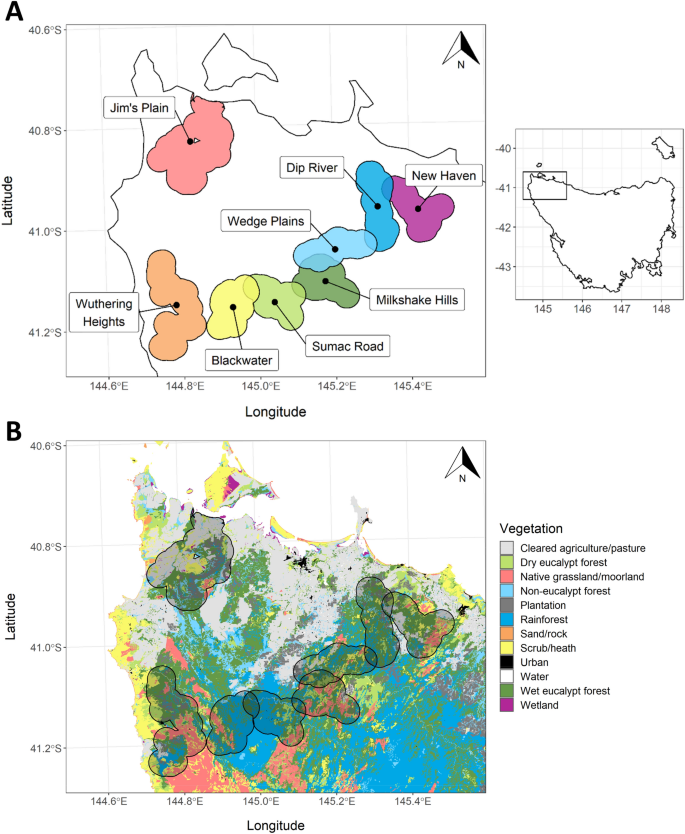人為的に改変された景観が、有袋類スカベンジャーの食生活にどのような影響を与えるかを示す新たな研究結果が発表されました。 New research shows how human-modified landscapes affect the diets of these marsupial scavengers.
2023-03-16 ニューサウスウェールズ大学(UNSW)
研究者たちは、デビルの食生活をよりよく理解することで、彼らの保護と存続を確保するために行動を起こす必要があると述べている。
<関連情報>
- https://newsroom.unsw.edu.au/news/science-tech/humans-are-altering-diet-tasmanian-devils-which-may-accelerate-their-decline
- https://www.nature.com/articles/s41598-023-30490-6
人間によって改変された景観に住むことで、特殊な哺乳類スカベンジャーの食事ニッチが狭まる Living in human-modified landscapes narrows the dietary niche of a specialised mammalian scavenger
Anna C. Lewis,Channing Hughes & Tracey L. Rogers
Scientific Reports Published:03 March 2023
DOI:https://doi.org/10.1038/s41598-023-30490-6

Abstract
Anthropogenic impacts on carnivores can be complex, posing numerous threats to many species, yet also benefits to those able to exploit certain resources. This balancing act is particularly precarious for those adapters that exploit dietary resources provided by humans, but still require other resources only available in native habitat. Here we measure the dietary niche of one such species, the Tasmanian devil (Sarcophilus harrisii), a specialised mammalian scavenger, across an anthropogenic habitat gradient stretching from cleared pasture to undisturbed rainforest. Populations inhabiting areas of greater disturbance showed restricted dietary niches, suggesting that all individuals fed on similar food items, even within regenerated native forest. Populations in undisturbed rainforest habitats had comparatively broad diets and showed evidence of niche partitioning by body size, which may reduce intraspecific competition. Despite the potential benefits of reliable access to high-quality food items in anthropogenically-modified habitats, the constrained niches we observed may be harmful, indicating altered behaviours and potentially increasing the rate of fights between individuals over food. This is of particular concern for a species at risk of extinction due to a deadly cancer primarily transmitted through aggressive interactions. The lack of diversity in devil diets within regenerated native forest compared to those in old-growth rainforest also indicates the conservation value of the latter for both the devil and the species which they consume.

